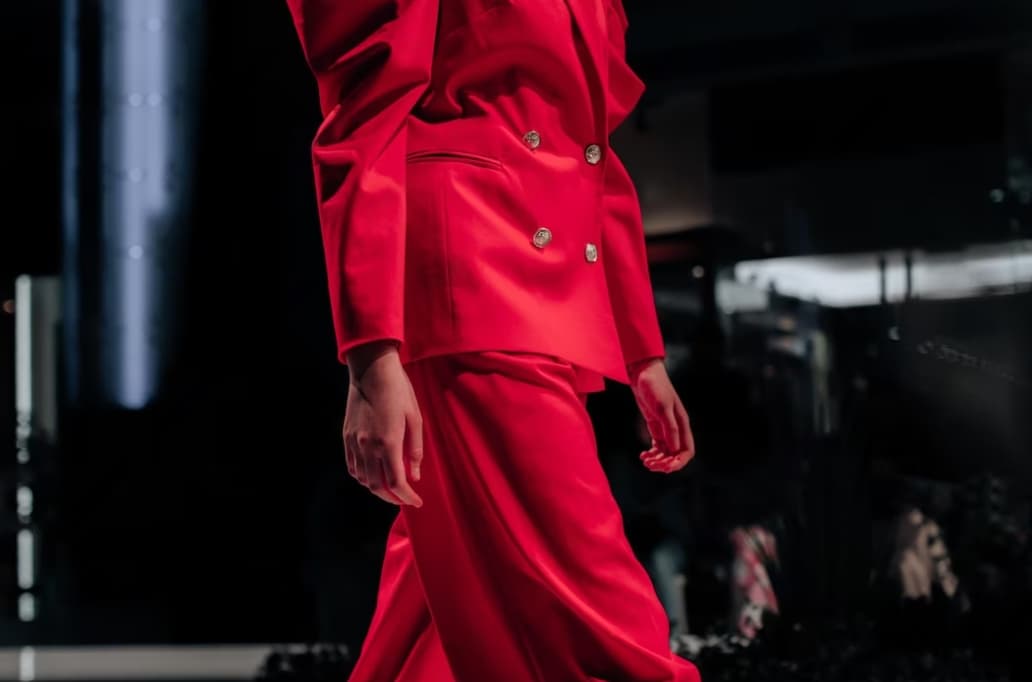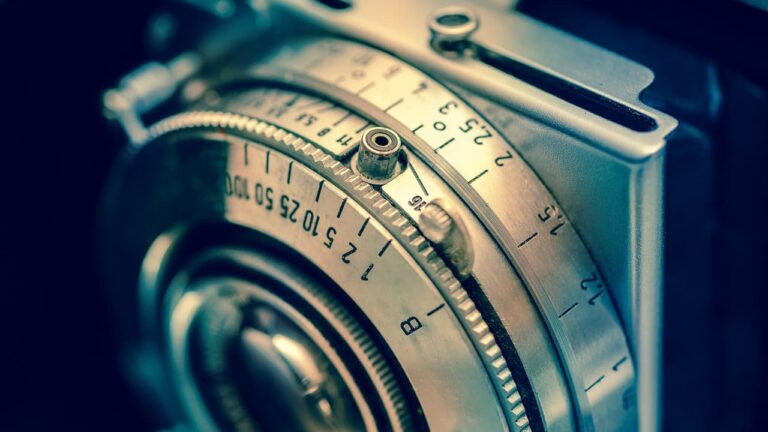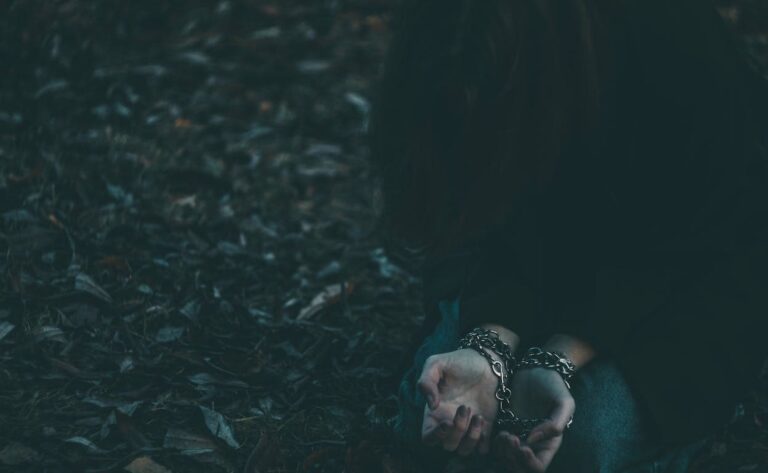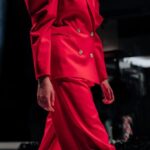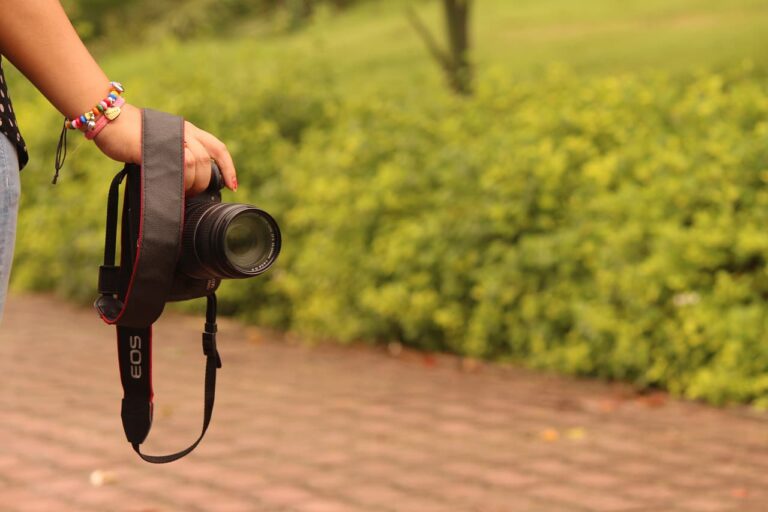You might already be familiar with the trickle-down theory. Grasping this concept is crucial to truly comprehend the intricacies of the fashion world. If your ambitions lie in fashion writing, buying, or designing, it’s essential to be acquainted with foundational fashion theories and have a thorough understanding of the industry’s rich history. Such knowledge not only demonstrates your industry expertise to potential employers but also empowers you to excel in your role. This could manifest in producing richer content, making astute buying choices, or designing with a profound sense of fashion’s legacy.
Key Theories in the Fashion Industry
You might have come across the term “trickle-down theory” in the context of fashion. Grasping this concept is crucial if you wish to delve deeper into the fashion industry’s intricacies. Whether your ambition lies in fashion journalism, purchasing, or designing, it’s vital to be familiar with fashion theories and possess a profound understanding of the sector and its heritage. Such insights not only reinforce your credibility to potential employers but also enhance your proficiency in your chosen role. This could mean enriching your articles, making informed purchasing choices, or designing with an acknowledgment of the industry’s past and its workings. While numerous fashion theories exist, the trickle-up theory stands out as paramount for anyone involved in the field.
The trickle-down theory delves into how trends permeate society. Trends manifest in various human cultural facets, from art to aesthetic values. Even though the genesis and adaptation of trends have evolved over time, the foundational concept remains unchanged. The trickle-down mechanism describes a trend’s descent through societal strata. It operates based on societal structures, class, and societal hierarchies. This implies that trends are initiated by the ‘innovators’ or ‘early adopters’—essentially the affluent upper echelons of society, such as royalty, A-list celebrities, or leading fashion mavens. Subsequently, the trend cascades to early mainstream adopters, which, in our contemporary digital age, typically means influencers and other celebrities. This progression eventually sees the trend being adopted by fast fashion brands and ultimately entering the closets of the broader public. With the trickle-down theory, most of us find ourselves at the end of the trend spectrum, admiring haute couture displays.
Historical Context of Trickle-Down Fashion
You’ve likely observed brands like Pretty Little Thing swiftly replicating designs seen in high-end fashion shows from labels like Chanel or Balenciaga, making them readily available in our wardrobes within mere weeks. This phenomenon showcases the trickle-down theory at play. The allure of opulence and the lifestyles of the affluent predate the age of social media. The fashion sensibilities of the elite have invariably influenced the masses. The origins of the trickle-down theory can be traced back to the 19th century. Initially, fashion innovations graced the runway, captivating the affluent who possessed the means to don these newly coveted ensembles. Fashion events were exclusive affairs, reserved for an elite clientele, a stark contrast to today’s accessibility where anyone can tune into a live catwalk broadcast with a simple click.
When these high-end pieces were flaunted in public, the allure and aspiration toward the lifestyles of the rich and celebrated remained consistent. Mainstream consumers and high-street fashion drew inspiration from the elite’s sartorial choices. Much like today, fashion inspirations became universally accessible, albeit at more affordable prices via mainstream retailers. However, the past lacked the speed of today’s fast fashion and mass production, meaning trends took considerably longer to permeate society. In our current era, where a design can transition from a runway to a platform like boohoo.com in days, it’s easy to overlook that fashion wasn’t always so instantaneous. Pioneering designer Chanel was amongst the first to adapt her creations using more cost-effective materials, making her designs more accessible. As a trailblazer in fashion, she held the conviction that fashion’s joy should be available to all women, not merely the affluent.
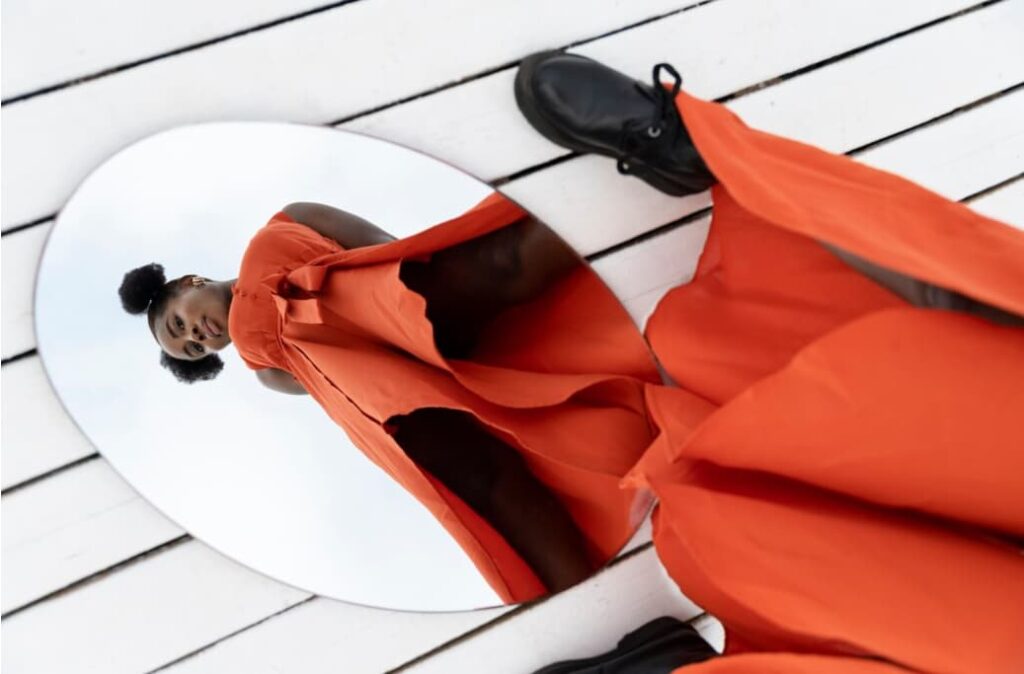
Influence of Historical Figures on Fashion
Today’s fashion landscape frequently showcases the trickle-down theory in action, from Kim Kardashian’s prominent sartorial sway to fast fashion brands echoing the season’s latest runway looks. Delving into history, royalty often set the pace for fashion. Take King George III, for instance, who was famed for donning a three-piece suit. This style persists today, with men often opting for waistcoats during weddings or other formal events. What began as a trend influenced by royalty has cemented its place in fashion, with the waistcoat continuing to be a staple piece in modern wardrobes.
Monitoring the Trend Life Cycle
Professionals called trend forecasters specialize in predicting and monitoring the trajectory of fashion trends. Their analyses often provide insights into the possible longevity and impact of a particular trend.
Numerous elements influence whether a trend becomes a fleeting fad or evolves into a timeless classic. These factors include:
- Observability: How visible and accessible is the trend to the general public?
- Social Status and Acceptance: Does the trend align with the current social status or prestige?
- Societal Values and Opinions: The collective values and opinions of society play a significant role in dictating the popularity and endurance of a trend.
Examples:
- Classics: These are trends that have stood the test of time and remain relevant across generations. Examples include the Little Black Dress (LBD) and the trench coat.
- Fads: These are ephemeral trends that capture attention briefly and are often characterized by their novelty. They typically appeal to a niche audience. Past fads include jelly shoes and cut-out jeans.
Lifespan of Trends:
- Fads: They have a brief lifespan, captivating a specific segment of the population for a short period due to their novelty or unique appeal.
- Classics: These trends have enduring appeal and remain relevant, often transcending generations and becoming staples in fashion.
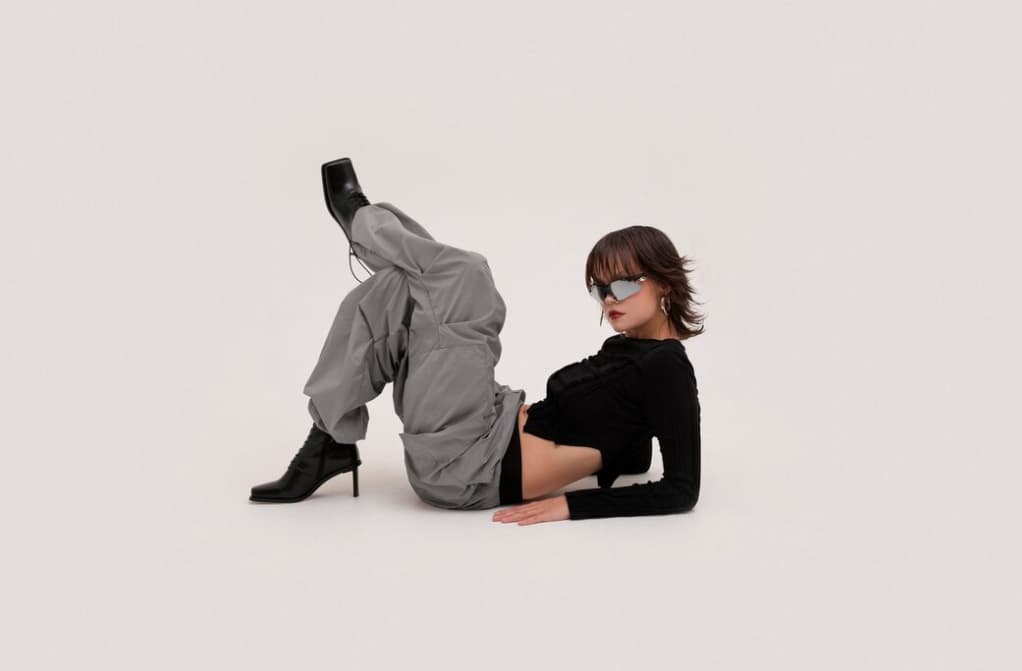
The Trickle-Up Phenomenon
While the fashion world traditionally follows the trickle-down model, where designers at the top set the trends that cascade down to the masses, there exists a counterpart: the trickle-up effect. In this phenomenon, grassroots innovations and styles emerging from the streets or subcultures influence and inspire high-end designers. This bidirectional influence challenges the conventional wisdom that only designers dictate fashion trends.
The essence of the trickle-up theory is the power of everyday individuals to set the fashion agenda. One of the most iconic examples of this is the punk movement of the 1970s and 1980s. Originating from the rebellious youth and street culture, characteristics like torn clothing, edgy slogans, safety pin embellishments, and bold prints became popular. Not long after, these unique and previously subversive styles were spotted on prestigious runways, adapted by renowned designers.
This continuous interaction between high-fashion and streetwear highlights the dynamic and evolving nature of the fashion industry, emphasizing that inspiration can come from any level of society.
Conclusion
Low-waisted skirts are making a resurgence, aren’t they? Especially after being spotlighted by Miu Miu. Understanding the trickle-down theory is fundamental in the fashion world, as it provides insight into the evolution and formation of trends. Fashion’s evolution is influenced by both the elite and grassroots movements, reflecting the dance between the trickle-down and trickle-up theories. Historically rooted in the choices of the privileged, modern fashion increasingly draws inspiration from street trends and subcultures. Recognizing this bidirectional flow is pivotal for anyone in the fashion industry, helping them navigate the intricate interplay of tradition and innovation.
